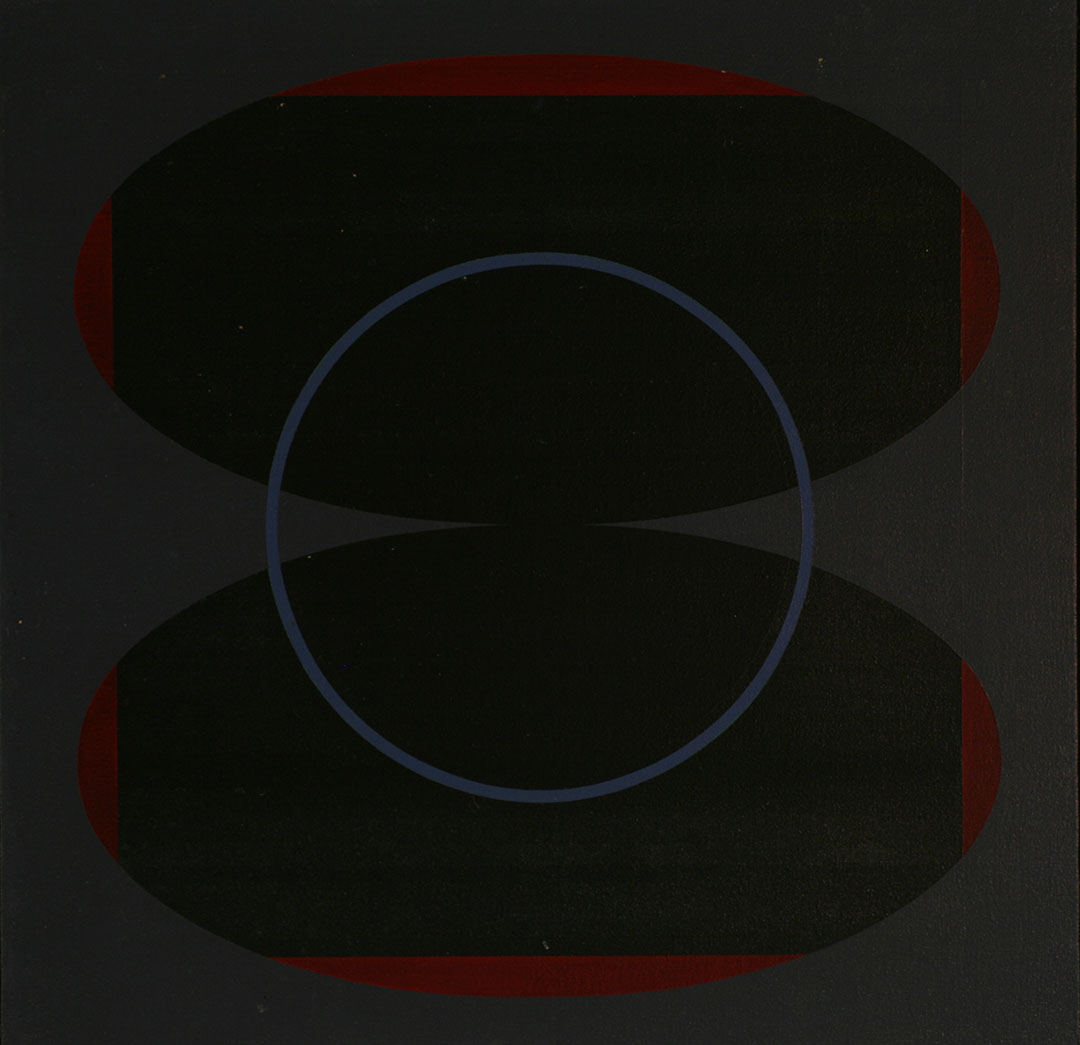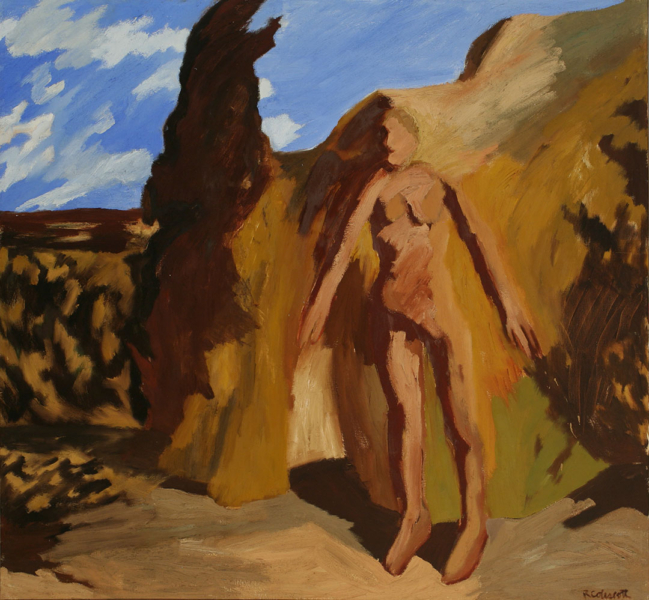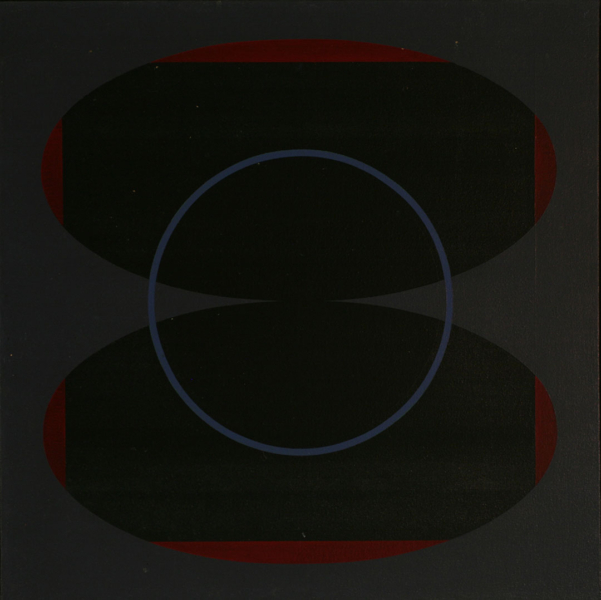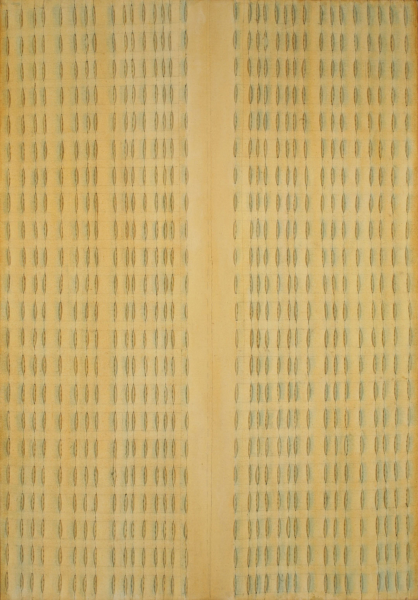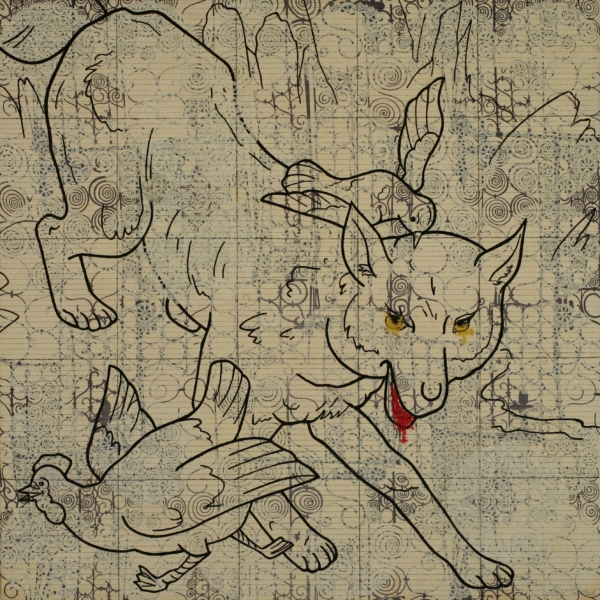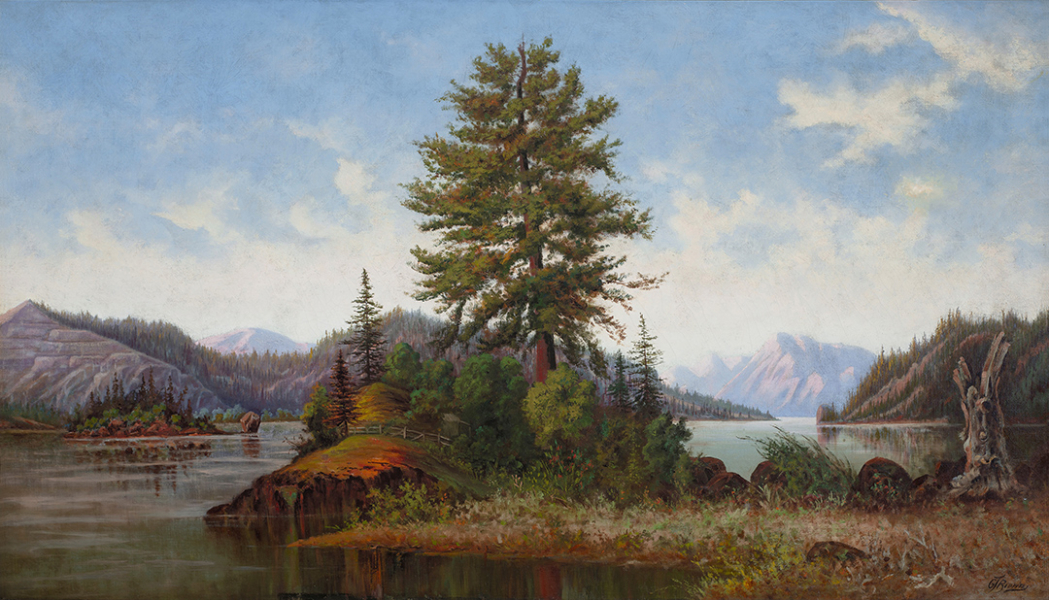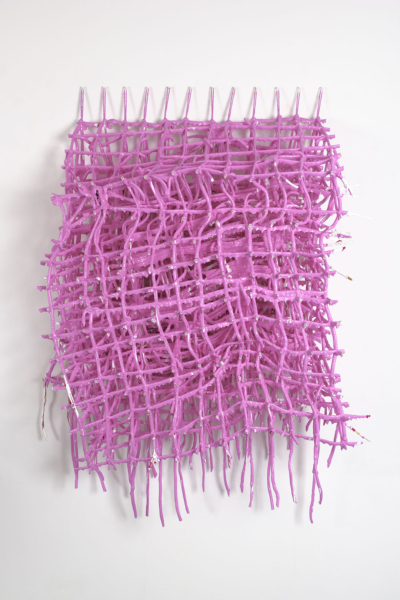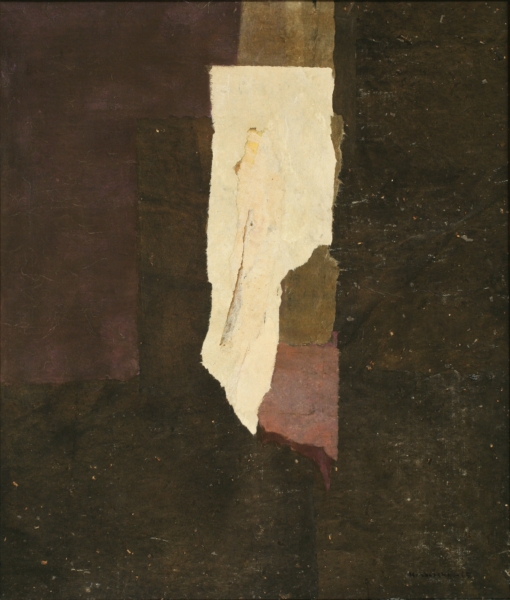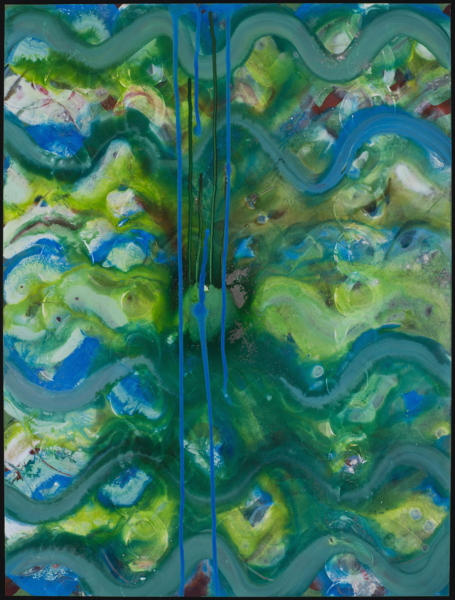The medium and support are the primary building blocks of a painting.
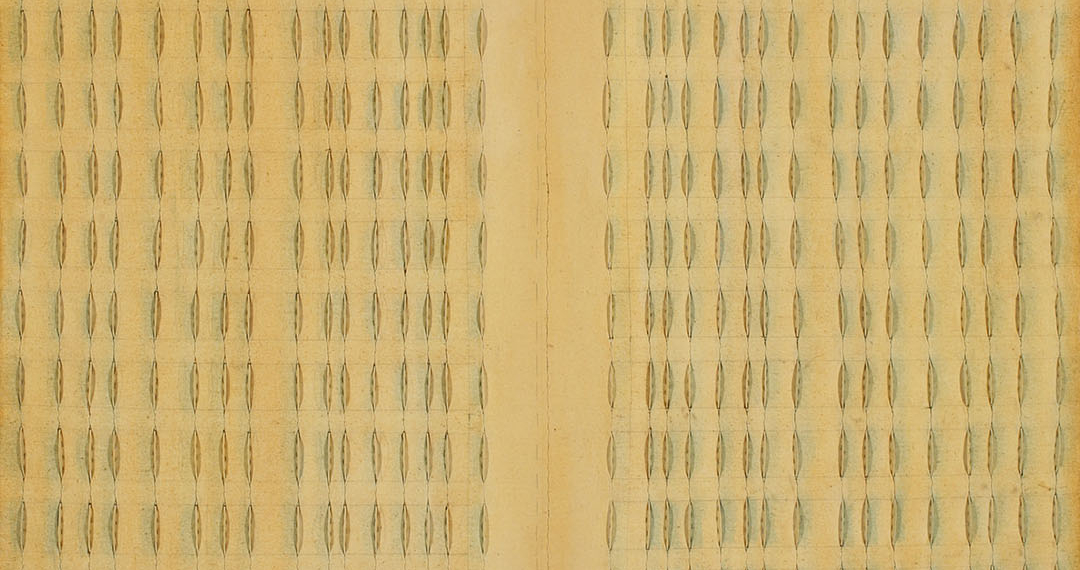
“I want people who look at my work to know that there’s a history behind this. The line is a kind of drawing. Sewing is an alternative to drawing the line on or painting it on. It’s more tangible. It plays with light. It does a lot of things. It also creates its own problems in terms of how many lines you can put on a piece of canvas and still be able to stretch it. There are limitations built into working that way. The line emerges out of the surface so there’s more shadow play there…. Canvas is a material, and no one says you have to paint on it flat.”
—Signe Nelson Stuart
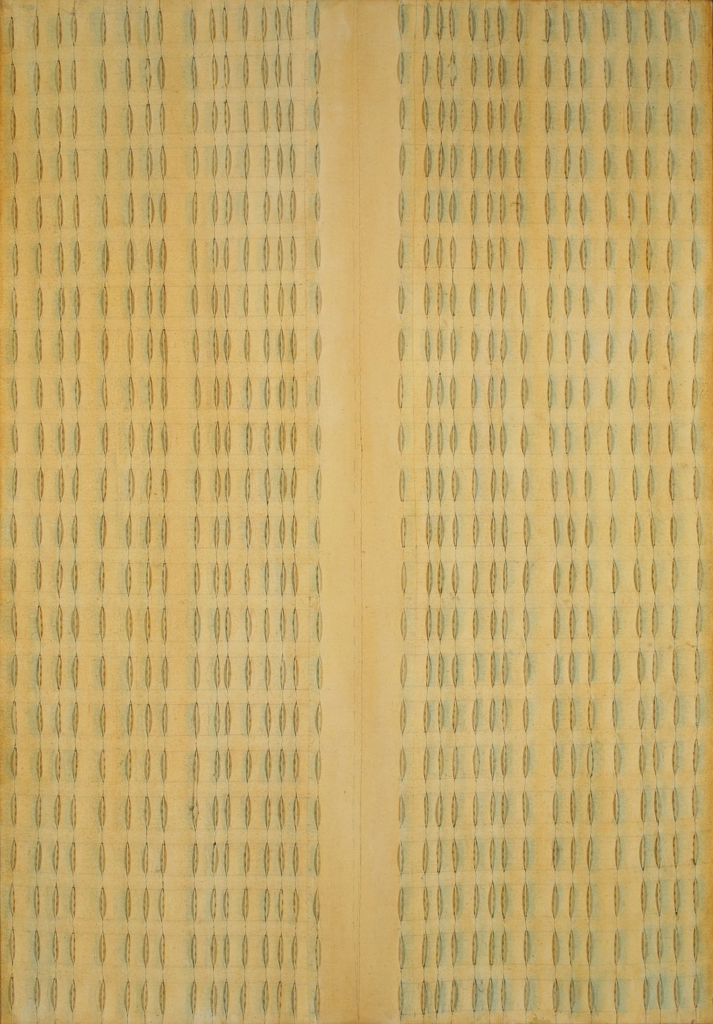
The artist must decide what surface they are going to paint on (the support) and what medium (ex. oil, watercolor, coffee, plaster) they are going to use to paint with.
How will the texture, thickness, or shape of the support contribute to the impact of the work? If their medium is glossy or matte, liquid or paste, flexible or stiff, how will it affect the way it is applied as well as the overall look of the painting?
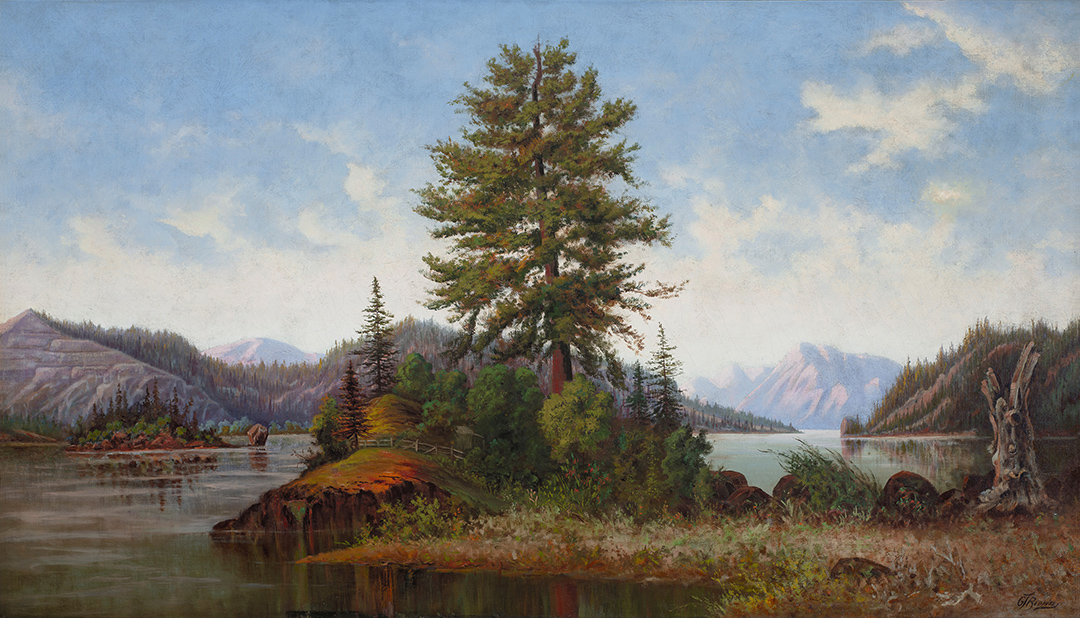
This is the earliest painting in this exhibition and I chose it because I wanted to include an example of how painting has looked for hundreds of years. Oil paint has maintained its popularity for so long due to the translucent surface, depth of color, and fine detail that artists can achieve by using it. Until the modern invention of acrylic paints, oil paint was also the most stable and flexible of paints available.
Until the late 18th century, oil paintings mostly looked much like this one: detailed, balanced, smoothly finished. However there are examples throughout this exhibition that demonstrate how the use of oil paint has evolved and been adapted by contemporary artists.
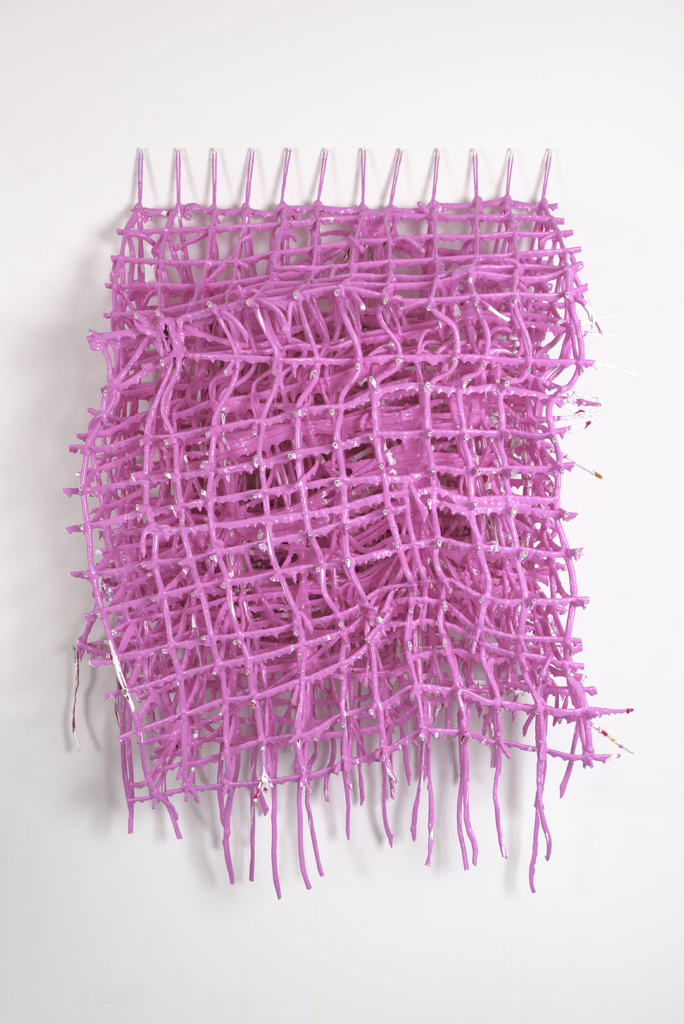
“[These works] exist in real space, rather than the illusional space of painting. As I must stroke the paint to shape it, it becomes so much like skin that the gesture is akin to a caress. I also play with the weight of painting, letting gravity reveal the material’s flexibility so the works allow painting’s historical significance to reflect back on itself.”
—Margie Livingston
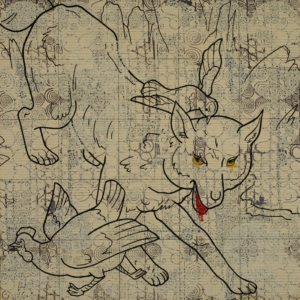
It takes a moment in looking at this painting to notice the paper doilies in the background. I’m always captured first by the scene in dark outlines that suggests a children’s fable. The chicken is fleeing from the wolf’s dripping red tongue; the bird is pecking at its head. Something is not quite right. The background is insistent though and that is when I see not only the grid, but the doilies and wonder why paint on something so fragile? What does it bring to this story?
Painting Deconstructed: Selections from the Northwest Collection was organized by Tacoma Art Museum and generously supported in part by Tacoma Creates.
Exhibition texts by Margaret Bullock, Chief Curator, Curator of Collections and Special Exhibitions unless otherwise noted.
Copyright for the artwork and the photography of the artwork lies with the artist, their assigns, or the museum. Images are available to view here for educational purposes only and are not for commercial use.
Image credits: (banner) Roy Kiyooka. “Variations on 2 Elipse,” 1965. Aqua-tex on canvas, 23 1/8 x 23 in. (58.7 x 58.4 cm). Tacoma Art Museum. Gift of the Bellevue Art Museum.
